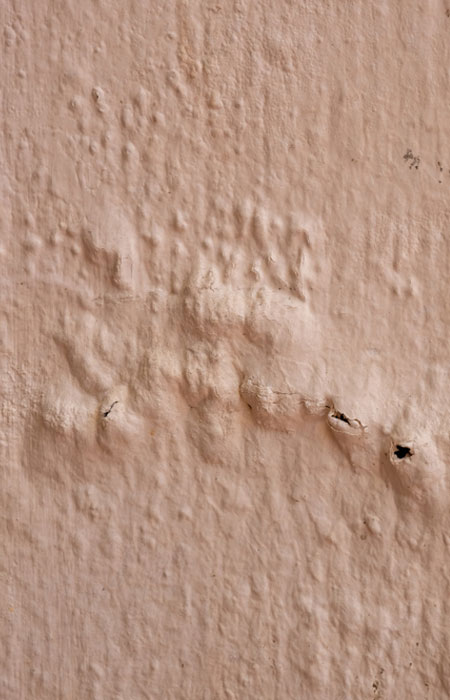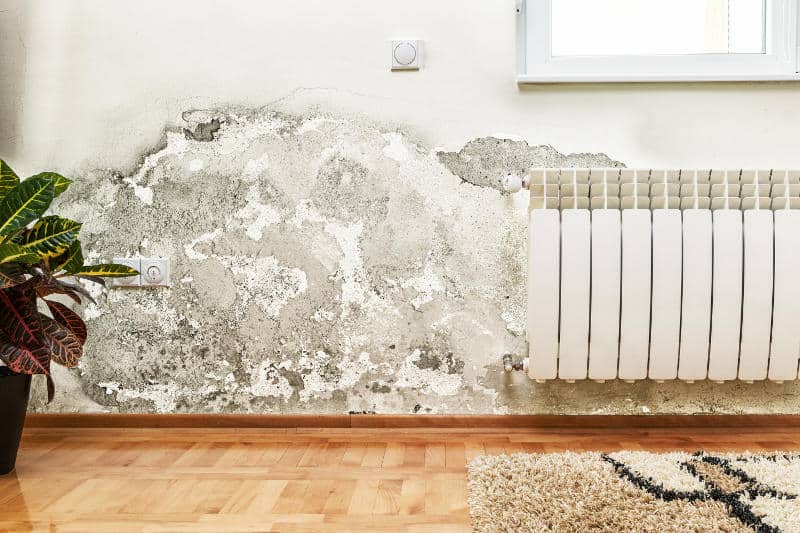Discovering Stains from Water on Wall Surfaces - Instructions to Address Them Effectively
Discovering Stains from Water on Wall Surfaces - Instructions to Address Them Effectively
Blog Article
The article in the next paragraphs in relation to Water Stains on Walls is absolutely enlightening. Try it and draw your own findings.

Water stains on wall surfaces are not enjoyable to the eyes. Occasionally it seems virtually unavoidable to experience water discolorations on wall surfaces in homes.
Property owners living in humid regions constantly deal with the worry of water spots on walls. With exact and all-around info on the reasons of water discolorations as well as punctual repair processes, you will always be an action in advance of such events.
3 Typical Causes of Water Stains on Walls
In contrast to common belief, water discolorations on walls do not always come from inadequate structure materials. There are several reasons for water spots on walls. These consist of:
Poor Drain
This will prevent water from seeping into the wall surfaces. This links to too much wetness that you discover on the wall surfaces of your building.
So, the leading source of damp wall surfaces, in this situation, can be an inadequate water drainage system. It can additionally be due to bad administration of sewer pipelines that run through the structure.
Damp
When warm moist air meets dry cold air, it triggers water beads to form on the walls of structures. This takes place in kitchens and bathrooms when there is vapor from food preparation or showers. The water droplets can stain the surrounding walls in these parts of your residence as well as infect various other locations.
Moist or condensation influences the roof and wall surfaces of buildings. This creates them to show up darker than other locations of the house. When the wall surface is wet, it creates an appropriate atmosphere for the growth of microorganisms as well as fungis. These might have negative effects on wellness, such as allergic reactions and also breathing disorders.
Pipeline Leaks
Many houses have a network of water pipes within the wall surfaces. It constantly boosts the feasibility of such pipes, as there is little oxygen within the wall surfaces.
A drawback to this is that water leakage impacts the wall surfaces of the structure and creates prevalent damages. An indication of malfunctioning pipelines is the look of a water tarnish on the wall.
Water Stains on Wall: Repair Work Tips
Property owners would usually want a quick fix when handling water discolorations. They would certainly quickly recognize this is disadvantageous as the water discolorations repeat. So, right here are a few useful suggestions that will certainly assist you in the fixing of water stains on wall surfaces:
Pro Tip
A houseplant in your home likewise raises its humidity. So, if the house is already humid, you might want to present houseplants with minimal transpiration. An example of ideal houseplants is succulents.
Verdict
Although no person wants to have water discolorations on walls in their house, it can happen to the very best people. This article offers you utilize, as you currently understand just how to manage this accident if it does occur.
It is always best to hire specialist services to aid take care of the damages in your home.
Occasionally it appears nearly unpreventable to experience water discolorations on wall surfaces in homes.
In contrast to popular belief, water spots on walls do not always stem from poor structure products. There are a number of causes of water stains on walls. The water beads can stain the surrounding wall surfaces in these parts of your residence and spread to other locations.
Here are a few handy ideas that will certainly guide you in the repair work of water spots on wall surfaces:
CHECKING FOR WATER DAMAGE
Water damage can be costly, and it may begin before you even notice the first signs of trouble. Water damage can cause mold and mildew in your walls and floors, which can create an abundance of health concerns for your family. It can also lead to costly repairs of various appliances and general home fixtures. To avoid the pricey consequences of water damage, here are Warner Service’s top 5 places you should check:
The walls – The easiest place to spot the beginnings of water damage is on the walls and ceilings of your home. If water damage is present, there will most likely be water stains, especially around the windows and doorframes, and/or cracks in the drywall. If a stain looks unusual (discolored to brown, black or gray, raised texture), has a swollen appearance or is soft to the touch, contact a professional immediately. The pipes – To avoid water damage, consistently check the pipes in your kitchen (especially the dishwasher and ice maker), bathrooms, laundry room (specifically washing machines) and basement for corrosion, leaks and water stains. Pay special attention to where the pipes connect in your home and the location of caulking around the bathroom fixtures, including toilets, sinks, showers and tubs. Missing or loose caulking and grout could be signs of leaking water. This seepage can also quickly cause mold and rust, so double check your water heater and tank for wet spots on the floor. The floor – Water damage is very easy to spot on the floor. Look for any warping or buckling of the material, especially in the basement. If your home has wood flooring, look for bright white or dark stains. If your home has carpeting, keep it dry and clean. A damp carpet that smells of mold could cause water damage and health problems. To avoid this, consider installing floor pans under your appliances to help prevent damages from small, slow and undetected leaks. The basement and attic – If your basement or attic smells odd check for mold and mildew around the area, especially the valley where the roof meets. While you are inspecting those areas, check for wall cracks, floor stains, rust and dampness in the insulation. If you live in a colder and/or rainier climate, perform routine checks for water damage from melting snow or ice and rain. The exterior – Check the roof for damaged flashing and missing, cracked or curled shingles. There should also be no standing water anywhere outside your home. This could be caused by puddles, leaky rain gutters or hoses, poor drainage, or short gutter spouts. Invest in a sump pump system or water flow monitoring system, and perform routine maintenance on these outdoor appliances to avoid indoor water damage.

Do you really like reading up on How to Remove Water Stains from Walls and Ceilings? Try leaving feedback down below. We will be delighted to find out your insights about this review. In hopes to see you back again later on. Sharing is good. You just don't know, you may very well be doing someone a favor. Bless you for your time. Don't forget to check our site back soon.
Plumbing emergencies? Our experts await. Report this page